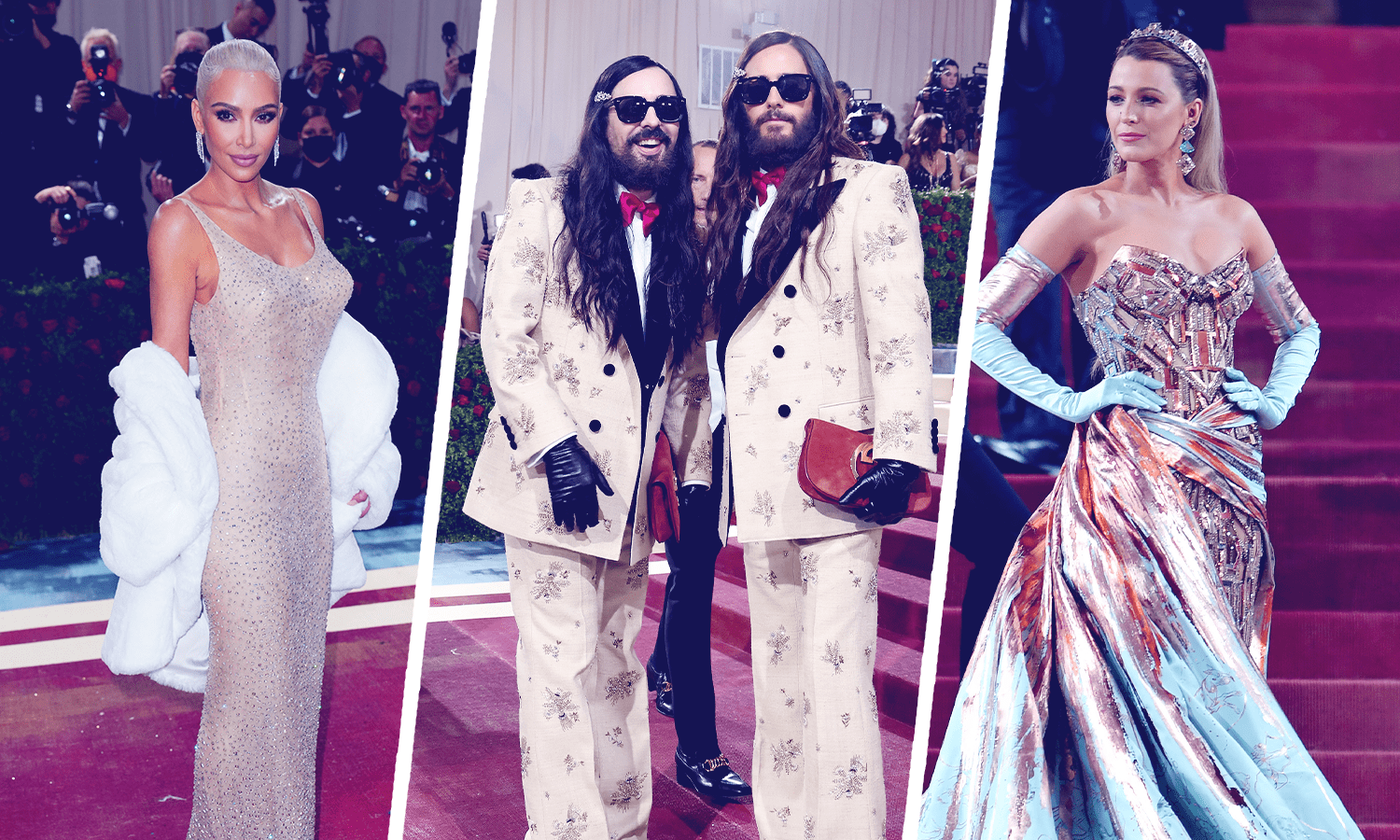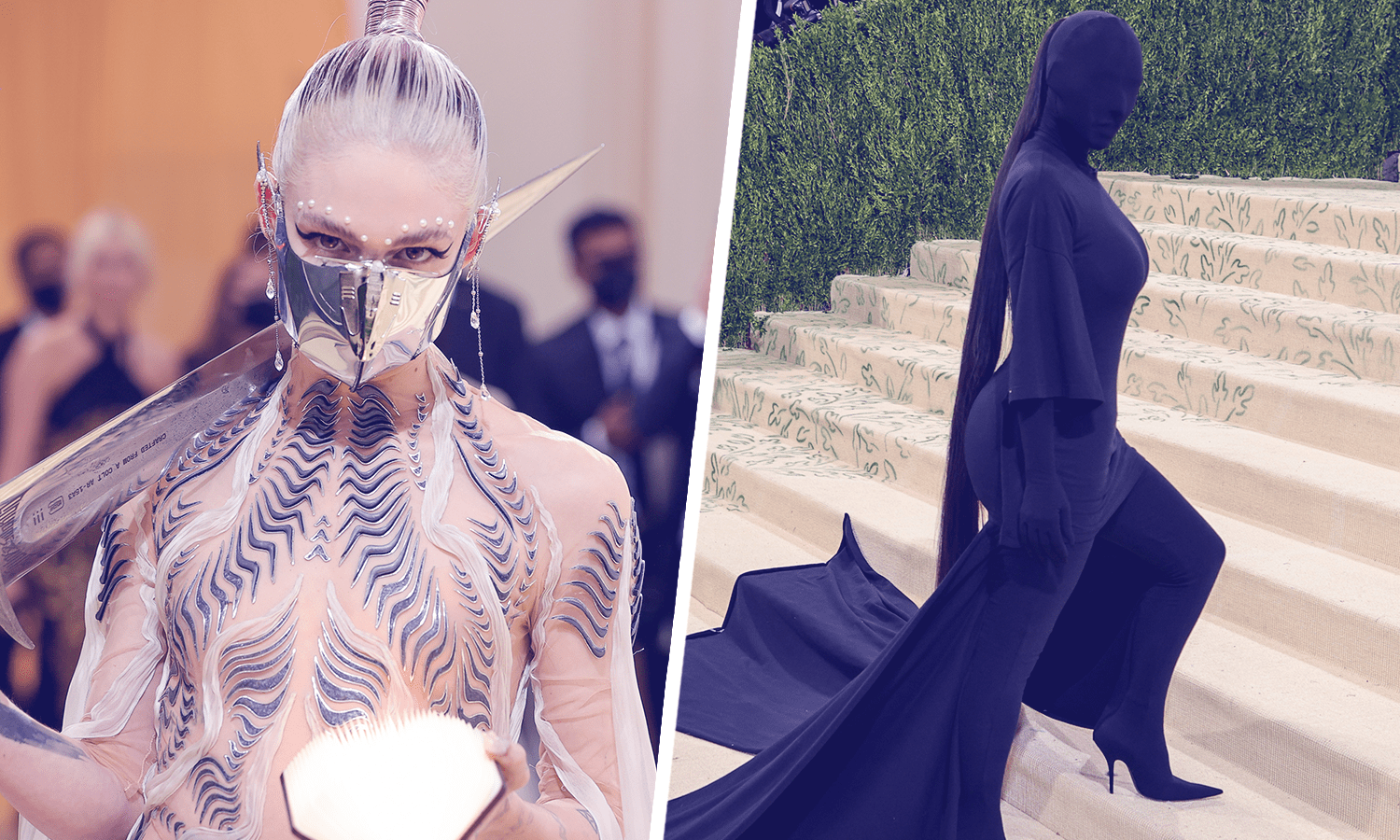In defense of the Met Gala’s frivolity (even this year)

We all got a jarring dose of reality on the first Monday in May, while we were just trying to lose ourselves in photos and videos of gorgeous celebrities in kooky outfits. I won’t get into the leaked SCOTUS draft opinion (or my opinion on the opinion, but I’ll let you wager a guess), but the timing hurt. It was a shocking jolt back to Earth, complete with a hard realization that while we were all happily distracted by shimmering dresses and multiplying Jared Letos, the “real world” marched on — in the wrong direction. The Met Gala is frivolous. It’s silly. Some might even say it’s a pointless celebration of wealth and excess, but is it truly meaningless? No, because as tough as it is to be a living, breathing human in 2022, we need frivolous and silly outlets to keep us from spiraling into hopelessness. There is fun still to be had in this messed-up world of ours, and, dammit, we all need it. Bad. There’s nothing wrong with loving the Met Gala (even this year). No justifications needed. But, if you find yourself searching for some, here are a few reasons why the annual Costume Institute...

